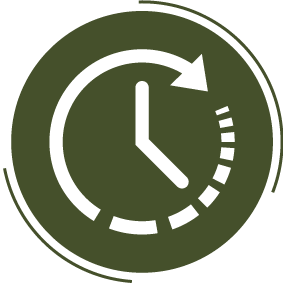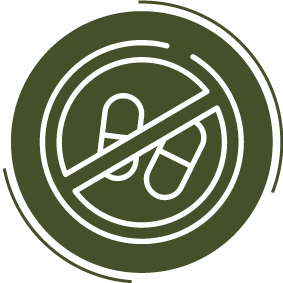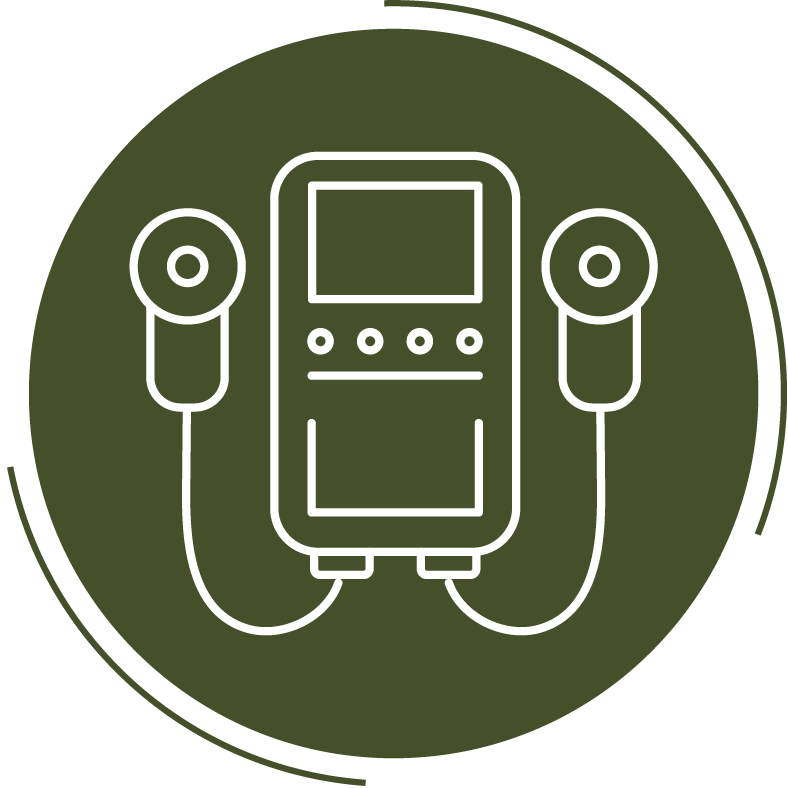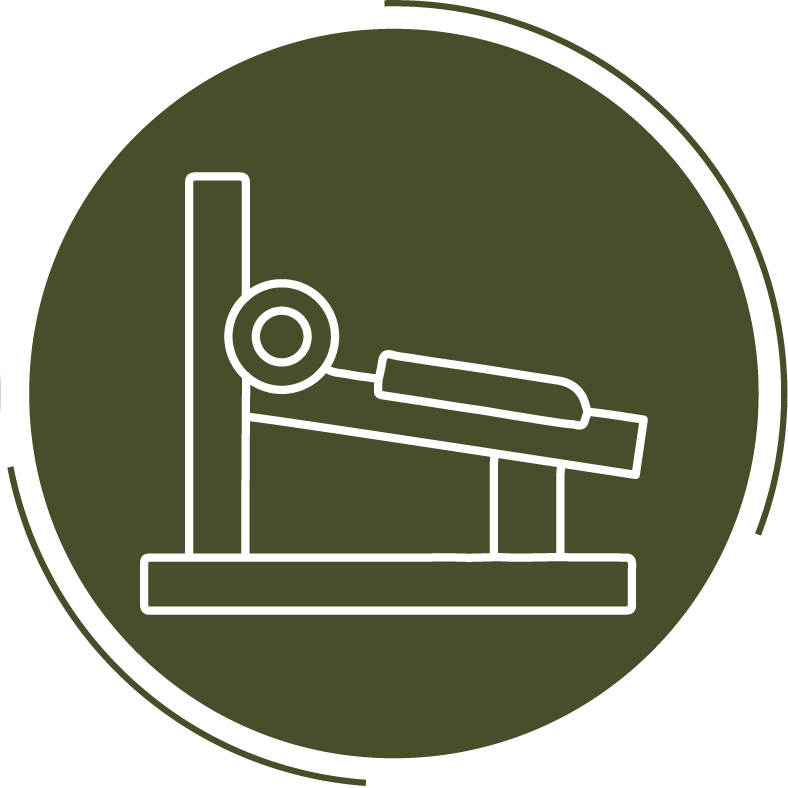What is Erectile Dysfunction (ED)?
Erectile dysfunction (ED) is one of the most common men’s health issues in Hong Kong. It refers to the inability to achieve or maintain an erection firm enough for sexual intercourse. Erectile dysfunction is caused by insufficient blood flow to the penis and does not necessarily reflect issues with sex drive or ejaculation.
According to a recent study by the University of Hong Kong, around 68% of men in Hong Kong have experienced some degree of erectile difficulties. While most cases occur in men aged 40 or above, stress, anxiety, fatigue, and alcohol consumption may trigger ED symptoms at any age.
Many men with erectile dysfunction (ED) rely on medication to enhance their sexual performance, with Viagra being the most well-known option. Generally, the drug takes about 30 minutes to an hour to take effect, meaning users must plan ahead before sexual activity. However, prolonged reliance on medication can lead to various side effects such as headaches, indigestion, blurred vision, and seeing a bluish tint. Over time, the body may also develop a tolerance to the drug’s effects, leading to reduced effectiveness and potential psychological dependence, creating a vicious cycle.
In addition, some individuals may avoid seeking proper treatment due to psychological stress or embarrassment. This can negatively affect their intimate relationships and may also overlook underlying health issues that ED could be signaling. Therefore, men experiencing erectile dysfunction are strongly encouraged to seek professional support to improve both their sexual health and overall well-being.
Erectile Dysfunction Severity Classification
ED can be classified into five levels of severity using the International Index of Erectile Function-5 (IIEF-5) questionnaire:
| International Index of Erectile Function-5 (IIEF-5) questionnaire |
|||||
|---|---|---|---|---|---|
| Please answer the following based on your sexual activity in the past 6 months: | |||||
| 1. How do you rate your confidence that you could get and keep an erection? | Very Low | Low | Moderate | High | Very High |
| 1 Mark | 2 Mark | 3 Mark | 4 Mark | 5 Mark | |
| 2. When you had erections with sexual stimulation, how often were your erections hard enough for penetration? | Never or Almost Never | A Few Times | Sometimes | Most Times | Almost Always or Always |
| 1 Mark | 2 Mark | 3 Mark | 4 Mark | 5 Mark | |
| 3. During sexual intercourse, how often were you able to maintain your erection after you had penetrated (entered) your partner? | Never or Almost Never | A Few Times | Sometimes | Most Times | Almost Always or Always |
| 1 Mark | 2 Mark | 3 Mark | 4 Mark | 5 Mark | |
| 4.During sexual intercourse, how difficult was it to maintain your erection to completion of intercourse? | Extremely Difficult | Very Difficult | Difficult | Slightly Difficult | Not Difficult |
| 1 Mark | 2 Mark | 3 Mark | 4 Mark | 5 Mark | |
| 5. When you attempted sexual intercourse, how often was it satisfactory for you? | Never or Almost Never | A Few Times | Sometimes | Most Times | Almost Always or Always |
| 1 Mark | 2 Mark | 3 Mark | 4 Mark | 5 Mark | |
| Score | Interpretation | Definition |
|---|---|---|
| 22–25 Mark | Normal | No noticeable erectile dysfunction |
| 17–21 Mark | Mild erectile dysfunction | Occasional difficulty in achieving erection |
| 12–16 Mark | Mild to moderate erectile dysfunction | The decreased firmness or duration of erections is significantly impacting overall satisfaction in sexual experience |
| 8–11 Mark | Moderate erectile dysfunction | Difficulty maintaining erection, often unable to complete intercourse |
| 5–7 Mark | Severe erectile dysfunction | Inability to achieve erection or only minimal response |
Common Causes of Erectile Dysfunction (ED)
Psychological Factors
Stress, anxiety, depression, or past trauma can interfere with the brain's sexual response connections. Strained relationships, poor communication, or low sexual satisfaction also contribute to ED.
Lifestyle Habits
Smoking, heavy drinking, sedentary lifestyle, and poor sleeping quality can reduce blood circulation and testosterone levels, negatively affecting sexual function.
Medication Side Effects
Certain medications like antidepressants, antihypertensives, sedatives, and chemotherapy drugs can reduce libido and erectile response.
Vascular Factors
Chronic conditions such as hypertension, high cholesterol, and diabetes hinder vascular elasticity, limiting blood flow and erectile ability.
Hormonal Changes
Declining testosterone, due to aging, obesity, stress, or medications, can reduce sexual desire and impact sexual function.
Neurological Factors
Nerve-related conditions such as spinal injury, neuropathy, stroke, or Parkinson’s disease can disrupt the signals for erection.
Erectile Dysfunction Treatment Options Comparison
| Treatment Options | Methodology | Pros | Cons/Limitation | Suitable For |
|---|---|---|---|---|
| Psychological Therapy | Addressing anxiety, stress, and relationship issues through psychological counseling to enhance sexual function and intimacy. | - No side effects - Improving overall mental health and relationships | -Requires long-term commitment -Some people may be resistant to psychotherapy | Mild to Moderate ED |
| Oral Medication | Increases blood flow to the penis, require sexual stimulation to achieve erection | - Convenient - Fast acting | - Not for cardiac patients - An erection requires sexual stimulation - Risk of medication dependency | Mild to Moderate ED |
| Shockwave Therapy | Stimulates penile blood vessels and tissue repair non-invasively | - Painless - Drug-free, No surgery is needed - Improves blood circulation | - Less effective for severe ED, best combined with other treatments | Mild to Moderate ED |
| Vacuum Erection Device (Penis pump) | Uses suction to direct blood to the penis, along with a constriction ring to maintain an erection. | - No medication -Instant results | - Users may need time to adapt during initial usage -May cause mild bruising or discomfort | Moderate to Severe ED |
| Penile Injection | Injects medication into the penis to stimulate erection, effective in 10-15 minutes | - Quick results - Dosage can be adjusted based on individual circumstances | - Self-injection required - May cause fibrosis or pain | Moderate to Severe ED |
| Penile Implant Surgery | Inserts a controllable device to induce erections on demand | - High erection stability - Erection can be controlled anytime | - Costly - Invasive - Risks of infection and complications | Severe ED |
Shockwave Therapy for Erectile Dysfunction
Shockwave therapy is a non-invasive, internationally recognized treatment that improves erectile function by enhancing blood circulation and stimulating nerve responses. It promotes new blood vessel formation and reduces dependency on medication
Beyond One Approach: Synergistic Treatments for ED

EECP (Enhanced External Counterpulsation)
EECP is a non-invasive cardiovascular support therapy that uses inflatable cuffs wrapped around the lower limbs (calves, thighs, and buttocks) to rhythmically apply pressure in sync with the heartbeat. This mechanism helps push blood back toward the heart, enhancing overall circulation. For men with ED, EECP improves blood flow to the corpus cavernosum, enhancing penile engorgement and erection quality. It is particularly beneficial for patients with ED caused by underlying cardiovascular conditions, as it also helps strengthen heart function and arterial health.

Zimmer Electromagnetic Stimulation
Zimmer’s electromagnetic wave technology is a non-invasive treatment that delivers high-frequency electromagnetic pulses to deeply stimulate local tissues. This process promotes blood circulation, cellular repair, and metabolic activity. Additionally, Zimmer devices harness electromagnetic energy to train the pelvic floor muscles. In just 20 minutes, the treatment induces thousands of Kegel-like contractions, effectively strengthening the pelvic floor. This leads to improved erection firmness and duration, enhancing overall sexual performance.

Pelvic Floor Therapy
(Kegel Exercises)
Pelvic floor therapy focuses on long-term physical conditioning through consistent exercise, aiming to strengthen cardiovascular health and overall vitality. It plays a fundamental role in improving erectile function in the long run. Regular pelvic floor exercises promote better blood flow, reduce body fat, regulate hormone levels, and enhance penile rigidity. When combined with other therapies, this approach delivers synergistic benefits for men with varying degrees of ED.
Treatment Features

Administered by Male Therapist

Pain-free, without Side Effects

No prolonged medication required

Improves erection firmness and
duration

Over 80% User Satisfaction*

Long-lasting Effects
勃起功能障礙治療步驟
The treatment uses a linear probe, and the entire procedure is painless, non-invasive, and does not require anesthesia. It takes about 20 to 30 minutes and the patient can resume normal activities after the treatment.

Step 1
Initial Assessment
A one-on-one consultation is conducted by a trained male therapist to understand the health condition and medical background to determine whether shockwave therapy is suitable.

Step 2
Personalized Treatment Plan
Based on the severity of the patient's symptoms (frequency, hardness, and duration of erections), medical history, and physical condition, to develop a personalized shockwave therapy plan.

Step 3
Shockwave Therapy Session
The therapist employs a linear probe to deliver low-energy sound waves near the penis, enhancing blood circulation and promoting vascular regeneration to improve erectile function.

Step 4
Post-Treatment Follow-Up & Care
Patients can resume normal activities on the same day after treatment. The therapist will provide personalized lifestyle advice based on the patient's condition, including dietary, exercise, and daily routine adjustments to maintain treatment effects.
ED Shockwave Therapy Frequently Asked Questions
1. When should treatment for erectile dysfunction be considered?
If the International Index of Erectile Function (IIEF-5) indicates mild erectile dysfunction that impacts your sexual quality of life, you should seek a professional evaluation. Moreover, you should also seek treatment if any minor symptoms lead to psychological discomfort or impact your relationship.
2. Is erectile dysfunction a psychological issue or a physical one?
Both possibilities exist. Psychological factors such as stress, anxiety, depression, and relationship problems are common causes. Chronic conditions like diabetes, hypertension, neurological disorders, hormonal deficiencies, and vascular issues can also lead to erectile dysfunction.
3. Is shockwave therapy suitable for all patients with different severity levels of erectile dysfunction?
Shockwave therapy is primarily suitable for patients with mild to moderate erectile dysfunction, particularly those with vascular issues that hinder blood flow.
4. Is shockwave therapy for erectile dysfunction safe? Are there any side effects?
Shockwave therapy is a non-invasive treatment that requires no anesthesia, is painless, and has no side effects or recovery time. Most patients only feel slight vibrations during the procedure, which do not affect daily activities
5. Is shockwave therapy for erectile dysfunction embarrassing?
The entire treatment is carried out in a private setting by a professional male therapist in a one-on-one format, safeguarding patient confidentiality.
6. Can sexual activity be resumed immediately after shockwave therapy?
As a non-invasive and painless treatment, shockwave therapy requires no recovery time and generally does not affect daily activities, including sexual activity. However, the therapy primarily promotes vascular repair and improves blood circulation, so immediate effects may not be seen. It is advisable to adjust expectations according to the treatment schedule for gradual improvement in erectile function.
7. How many treatments are needed before seeing results?
Typically, significant improvements can be seen within 6 to 8 weeks, with most patients noticing enhancements in sexual function towards the end of the treatment course, such as increased erection hardness, prolonged duration, and improved sexual satisfaction. However, the results can vary based on age, individual health, and the severity of erectile dysfunction.
8. Is there a risk of recurrence after treatment? Is regular follow-up necessary?
The principle of shockwave therapy is to stimulate blood flow to the penis and promote vascular regeneration, making it a fundamental treatment for erectile dysfunction. By embracing a healthy lifestyle, like exercising, quitting smoking, reducing alcohol consumption, and improving sleep quality, many patients can sustain the treatment effects over time. Conversely, unhealthy lifestyle habits can result in recurring symptoms, so it is advisable to have regular check-ups and seek additional treatments as needed.





